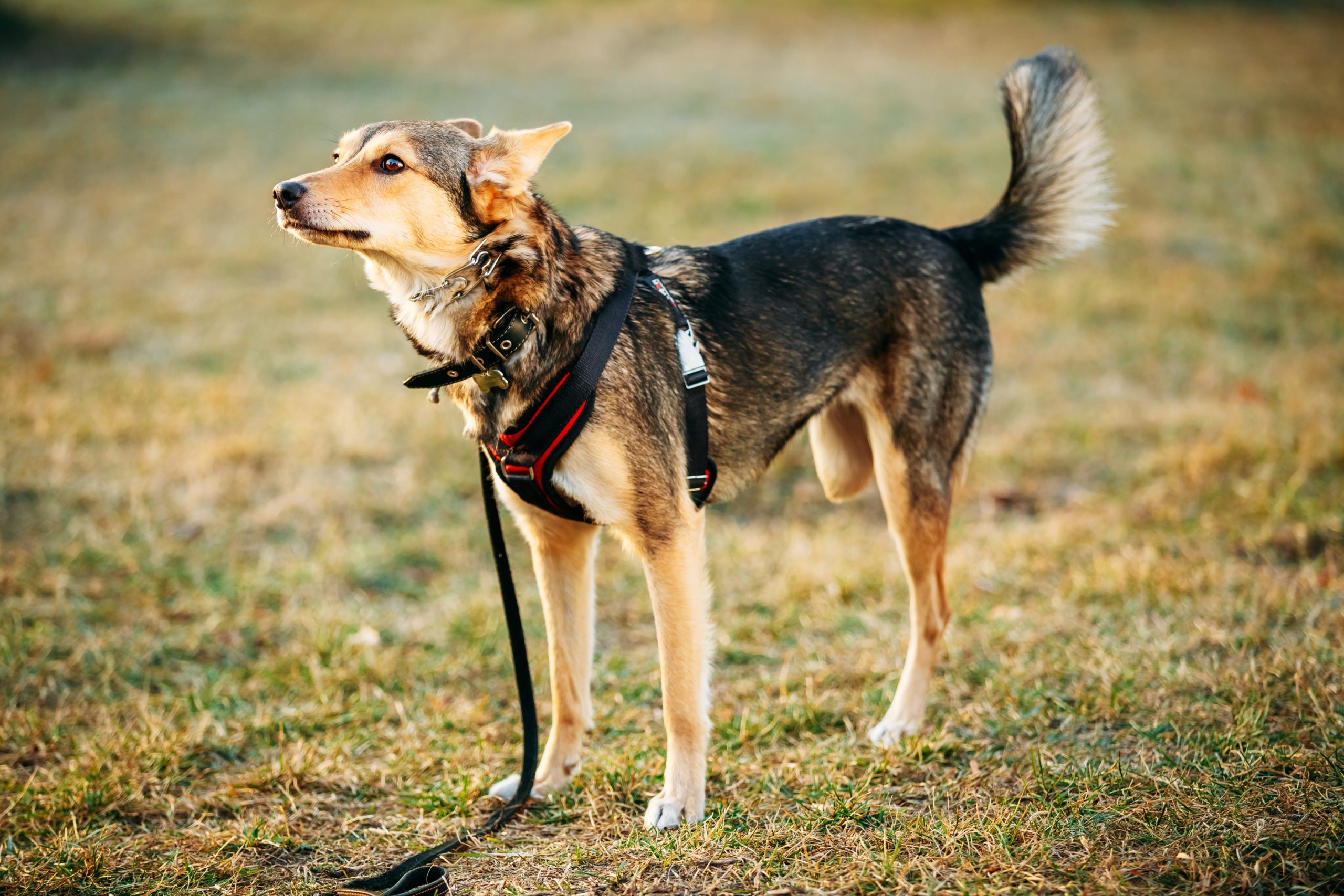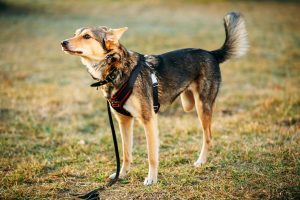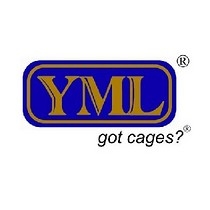8 Ways to Adapt with a Three-Legged Dog


A dog’s leg might be amputated for a variety of reasons. Some puppies lose a limb due to birth problems, while others lose a leg due to an accident. Canine osteosarcoma, a kind of bone cancer, is the most prevalent cause of limb loss in dogs. If your senior dog requires an amputation, you may be concerned about his or her quality of life following the procedure. The good news is that most dogs recover quickly from surgery. In fact, dogs typically cope with the loss of a limb better than humans do. In most situations, your dog will be up and moving around without assistance within 12 hours after operation.
Whether you were present when your dog lost a limb or you adopted a dog that was already down to three legs, you may want some guidance. While a tripod pug is similar to one with four legs, there are some particular considerations to keep in mind.
1. A Transition Period Is Possible
If you have an elderly dog that needs to lose a limb after a lifetime of having four legs, you should be prepared for a period of adjustment. For the first few days, your puppy may struggle to maintain his or her equilibrium. During this time of change, you should devote special care to your pet. You do not want your pet to be injured while recovering from surgery. Keep an eye on them as you ascend the stairwell. Some three-legged dogs are unable to utilize steps, while others merely require more time. It is critical that you be patient throughout this transition phase. You may see a veterinarian or a dog trainer for advice on how to make the transition simpler for your dog.
2. Relieve Joint Tension Whenever Possible
A three-legged dog is more prone to joint issues. This is especially true for tripods that lack a front leg. Did you know that dogs carry 60% of their weight on their front legs? Because a single leg may be required to support so much weight, it is critical that you do all possible to alleviate joint tension before it occurs. There are a couple things you can do to facilitate this:
- Raise the food and water bowls so your dog does not have to lean down to eat or drink.
- Make sure your dog has decent, soft bedding so he can relax peacefully.
- If possible, avoid stairs; otherwise, make sure your dog is comfortable going up and down by utilizing a body harness with a grip for support.
- Invest in a ramp to assist your dog in entering and exiting your vehicle.
- Consult your veterinarian about supplements you might give your pet to boost his or her joint health.
Taking preventative measures will assist guarantee that your dog is comfortable even as he ages.
3. Weight Is Vital
It is critical for every animal to maintain a healthy weight. It is critical, however, that a three-legged dog not bear any extra weight. Even if your dog is lacking a back limb, that single leg must support around 40% of his or her overall weight. Even a few more pounds can significantly increase the strain on joints and paw pads.
4. Keep An Eye Out For Slick Surfaces
Flooring like as tile, linoleum, and wood can be hazardous to any dog, but this is especially true for a tripod. Your dog has poor balance, which might lead to a tumble on the smooth floor. Non-slip surfaces can be used to fight slippery surfaces. In high-traffic areas, some pet owners use carpets. If this option does not work for you, you may consider installing exercise tiles in corridors and other areas where you want your dog to be able to roam freely.
5. Keep An Eye on The Health of The Remaining Limbs
Is it possible that Lassie is limping? This may be a significant red signal for any dog, but it can be especially dangerous for one that is already out on a limb. You should take your pet to the veterinarian as soon as you discover anything out of the ordinary. Paw pad protection is an important part of safeguarding your pet’s limbs. Pine cones in your yard can inflict severe gashes on your dog’s feet. What can you do to keep your paw pads in good condition? You might want to consider getting your dog to wear shoes. This is an excellent habit for any three-legged canine living in a chilly area. Snow and ice may be dangerous, but booties might help your dog obtain some extra traction. You may also keep your pet’s nails clipped and superfluous hair from the bottom of his or her paws removed.
6. Refrain from Excessive Exertion
While you don’t want your three-legged pooch to be overweight, you also don’t want to overwork him. Instead of taking a single hour-long stroll, consider dividing it up into 20 or 15 minute chunks. Short, regular walks can help your pet stay in shape without overworking his or her legs.
7. Offer Novel Experiences
Your tripod, like any other dog, needs to be amused. You may make your dog happier by providing new experiences. This may involve visiting to the dog park, meeting new people, or taking walks in other regions on occasion. Some three-legged mutts may be especially fearful. Adventures are even more significant in this circumstance. New experiences can help your dog adjust to new situations and lose some of his or her fear. However, you must use caution in order to keep your pet comfortable. When you’re out doing new things, praise your dog and give him goodies.
8. Don’t Be Concerned If You Forget
You may forget that your tripod is lacking a leg as it becomes a typical member of your household. Most owners report that their dog is as happy, healthy, and active as any four-legged companion. It is OK, and even encouraged, to forget that your pet only has three legs. On sometimes, your tiny Fido should be permitted to act like a dog. Allowing your dog to go about unaccompanied in a fenced-in area for brief periods of time can help to foster typical canine behavior. You must protect your dog, but you must also recognize that an overprotected dog may not be as fulfilled as one who is permitted to go on adventures, run around, and play funny.




















